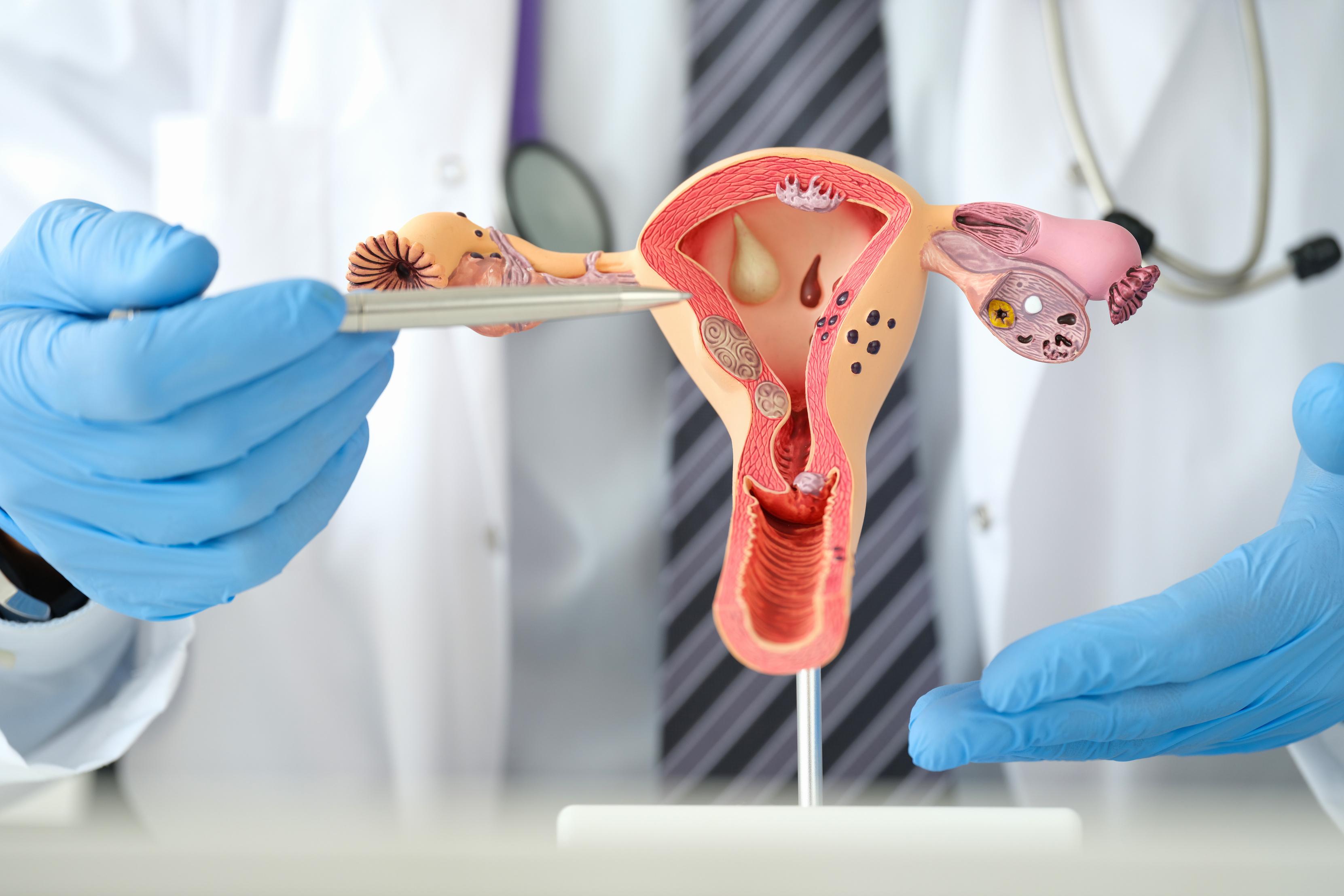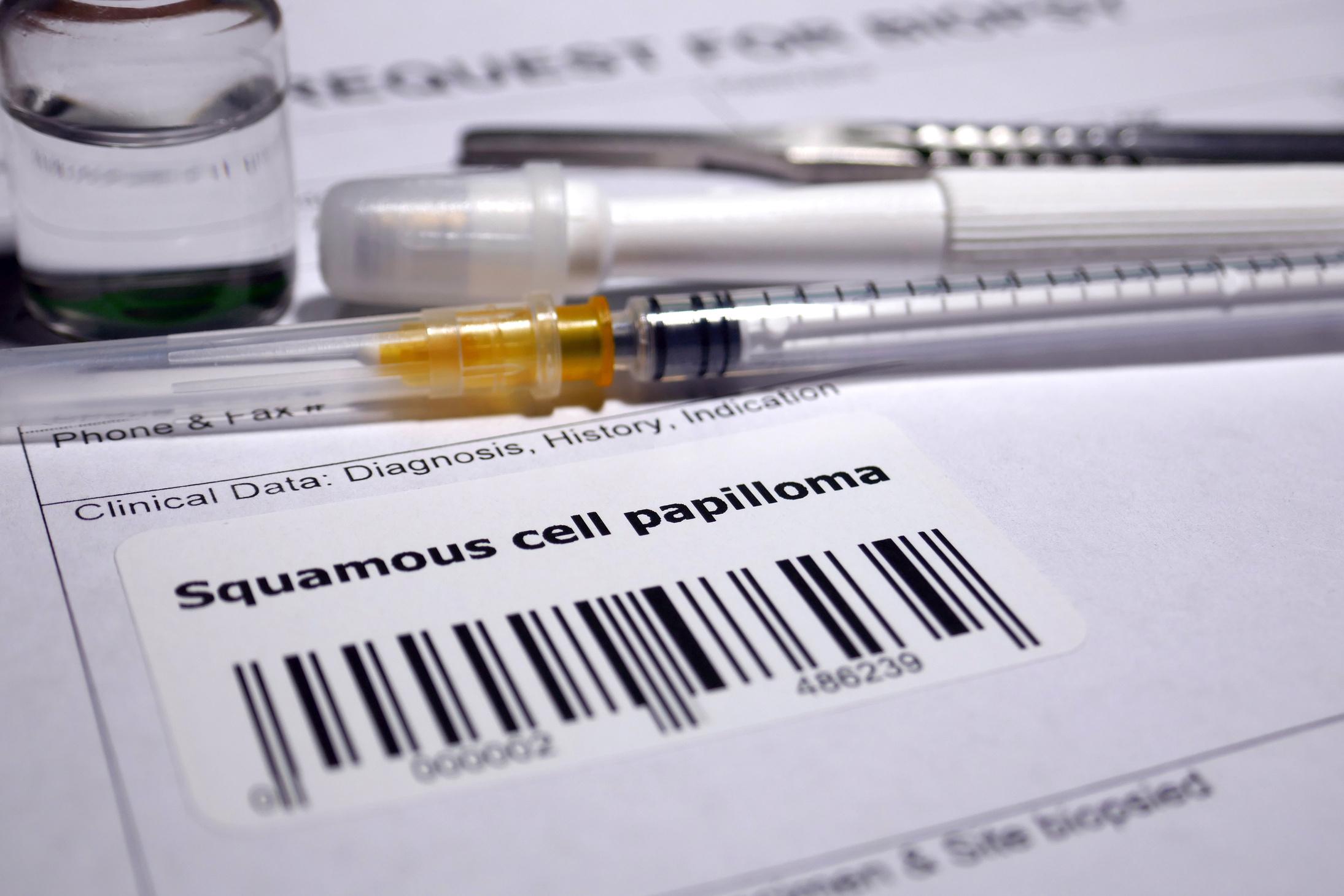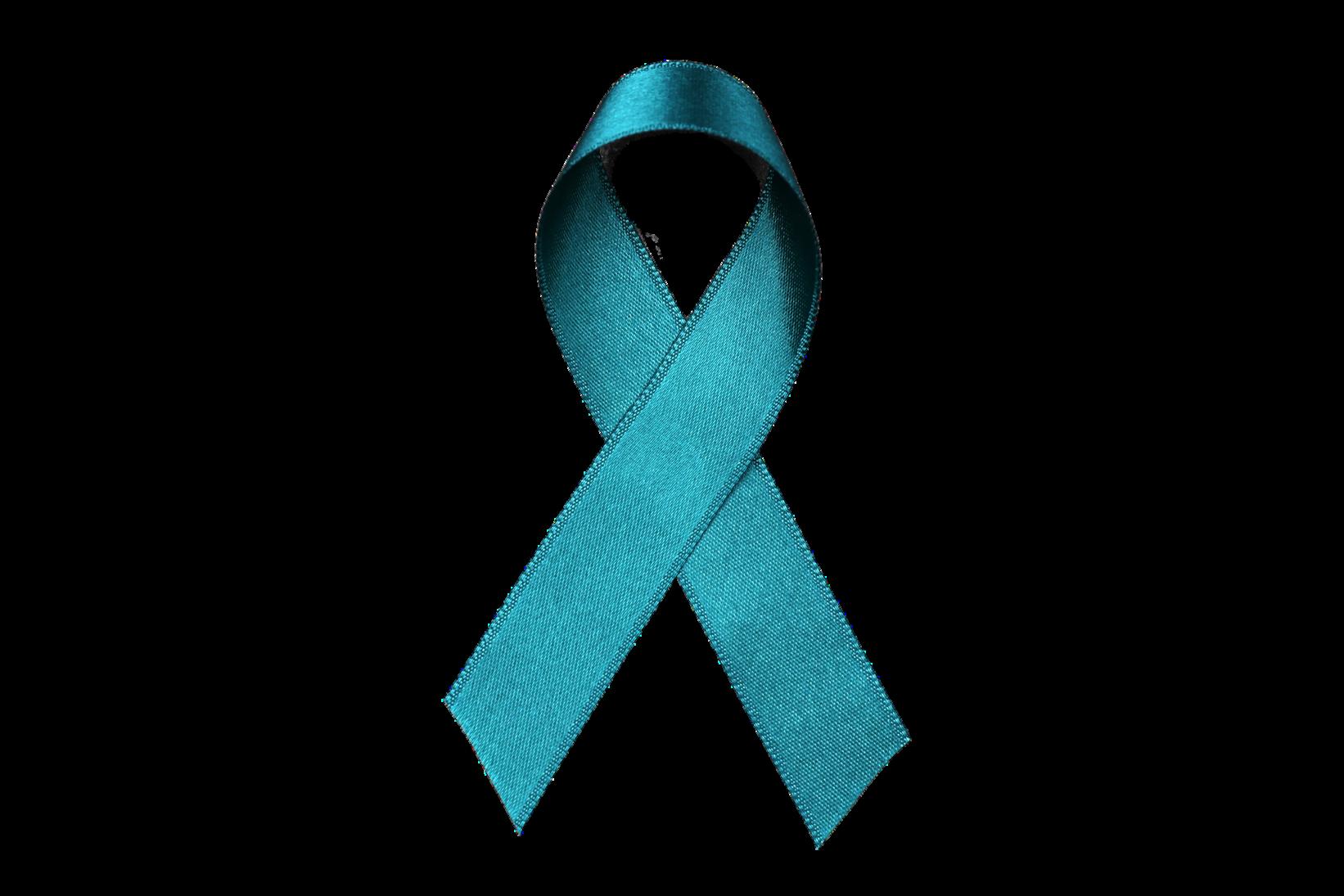Dr. DODUL MONDAL





Cervical cancer is cancer that starts in the cells of the cervix. The cervix is the lower, narrow end of the uterus (womb). The cervix connects the uterus to the vagina (birth canal).
Cervical cancer usually develops slowly over time. Before cancer appears in the cervix, the cells of the cervix go through changes known as dysplasia, in which abnormal cells begin to appear in the cervical tissue.


Cervical cancers are named after the type of cell where cancer started. The two main types are:
Squamous Cell Carcinoma: Most cervical cancers (up to 90%) are squamous cell carcinomas. These cancers develop from cells in the ectocervix.
Adenocarcinoma: Cervical adenocarcinomas develop in the glandular cells of the endocervix. Clear-cell adenocarcinoma also called clear-cell carcinoma or mesonephros is a rare type of cervical adenocarcinoma.


It can be difficult or painful Urination is painful or difficult and sometimes blood is in the urine.

Diarrhea or bleeding or pain from your rectum during a bowel movement.
Loss of weight, fatigue, and appetite. An overall feeling of sickness.
Achy back, or swelling on your legs.
Pelvic/abdominal pain.
Stage I: Cancer is located only in the cervical cervix. It hasn't spread and isn't large.
Stage II: Cancer has spread to your cervical cervix and uterus, but it hasn't yet reached the pelvic wall (the tissues which line the portion of your body that lies between the hips) or even your vagina.
Stage III: Cancer has been able to spread to the lower portion of your vagina. It may have developed into your pelvic wall as well as the ureters (tubes that carry urine) and lymph nodes in the vicinity.
Stage IV: A cancerous tumor has been able to spread to the bladder, rectum, or other organs such as your lungs or bones




